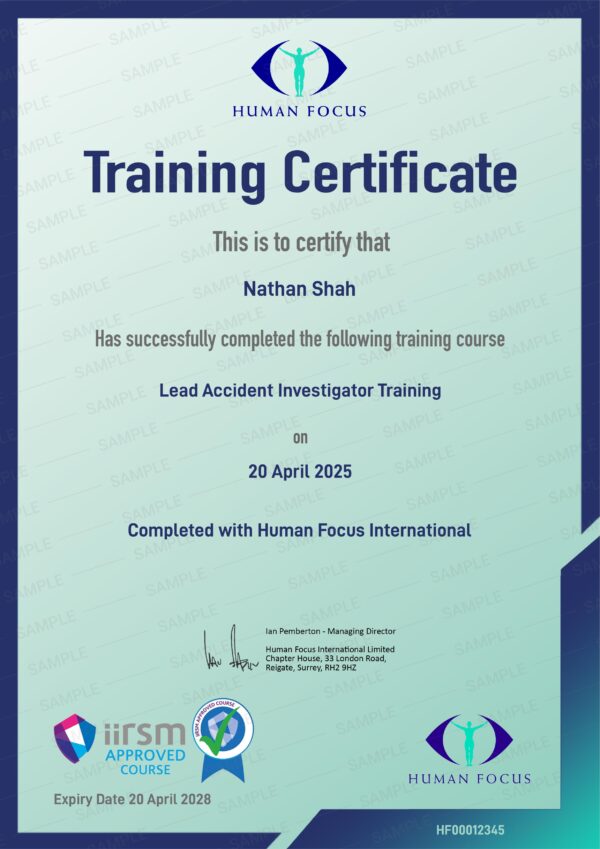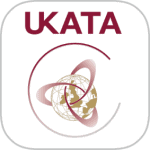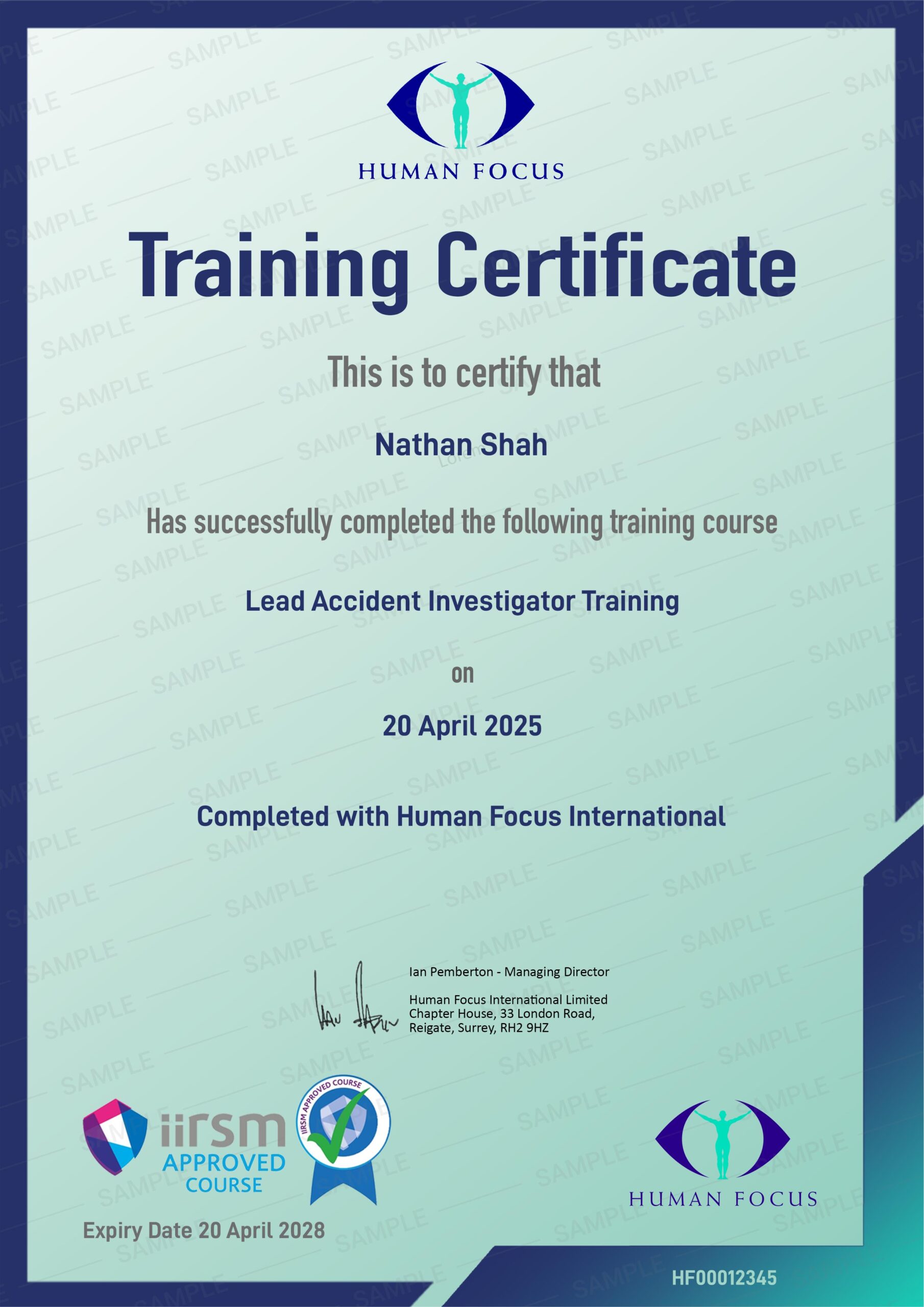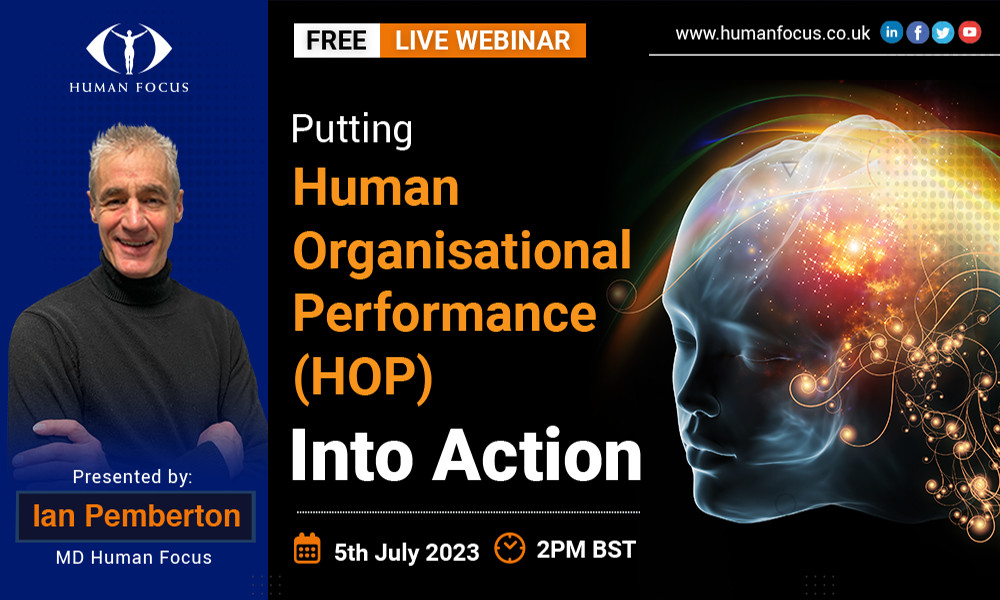This IIRSM-approved course explains how to structure and lead accident investigations that uncover root causes and deliver meaningful improvements in safety performance.
The multi-module course equips users with the knowledge and tools to lead investigations with confidence – from securing the scene and collecting evidence to interviewing witnesses and analysing data. Users will learn how to investigate accidents using a constructive, evidence-led approach that reveals underlying issues within safety systems. This insight enables targeted improvements that prevent repeat incidents and can often be applied in other areas to proactively reduce risk.
The course includes a downloadable e-checklist to guide each step of an investigation, supporting consistency, evidence gathering and a clear, constructive resolution.











